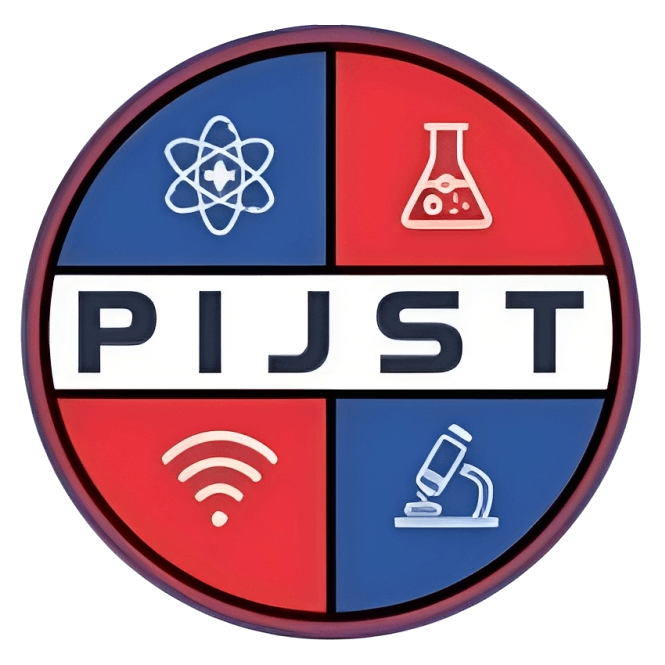Dr. Amit Kumar Singh, PhD (Chemistry), Patna University, Patna.
Published Date: 06-04-2025 Issue: Vol. 2 No. 4 (2025): April 2025 Published Paper PDF: Download
Abstract- Coordination compounds with organic ligands constitute a major domain in modern inorganic and bioinorganic chemistry due to their structural diversity and wide range of applications. These compounds are formed by central metal ions bonded to electron donating organic ligands through coordinate covalent bonds, producing complexes with unique physicochemical and biological properties. The study of such complexes provides insight into metal–ligand interactions, stability, and reactivity. Organic ligands—such as amines, carboxylates, phosphines, and Schiff bases—offer versatile binding modes that influence coordination geometry, electronic distribution, and catalytic efficiency. Advances in synthetic strategies, including pH control, precursor choice, and soft–hard acid–base principles, have facilitated the design of highly stable and functional coordination compounds. Characterization techniques such as UV–Vis, IR, NMR spectroscopy, crystallography, and electrochemical methods reveal essential information on bonding and structure. These complexes play vital raoles in catalysis, drug development, nanomaterials, and environmental remediation. Medicinally, metal complexes like cisplatin exemplify the therapeutic value of coordination compounds, while environmentally, their ability to capture and detoxify heavy metals highlights sustainability relevance. Current research focuses on designing innovative ligands, nanostructured frameworks, and biocompatible complexes to expand their biomedical and technological potential. Thus, coordination compounds with organic ligands remain pivotal in bridging fundamental chemistry with practical applications.
Keywords- Coordination chemistry; Organic ligands; Metal complexes; Catalysis; Medicinal chemistry; Nanomaterials; Environmental remediation.
Published Date: 06-04-2025 Issue: Vol. 2 No. 4 (2025): April 2025 Published Paper PDF: Download
Abstract- Coordination compounds with organic ligands constitute a major domain in modern inorganic and bioinorganic chemistry due to their structural diversity and wide range of applications. These compounds are formed by central metal ions bonded to electron donating organic ligands through coordinate covalent bonds, producing complexes with unique physicochemical and biological properties. The study of such complexes provides insight into metal–ligand interactions, stability, and reactivity. Organic ligands—such as amines, carboxylates, phosphines, and Schiff bases—offer versatile binding modes that influence coordination geometry, electronic distribution, and catalytic efficiency. Advances in synthetic strategies, including pH control, precursor choice, and soft–hard acid–base principles, have facilitated the design of highly stable and functional coordination compounds. Characterization techniques such as UV–Vis, IR, NMR spectroscopy, crystallography, and electrochemical methods reveal essential information on bonding and structure. These complexes play vital raoles in catalysis, drug development, nanomaterials, and environmental remediation. Medicinally, metal complexes like cisplatin exemplify the therapeutic value of coordination compounds, while environmentally, their ability to capture and detoxify heavy metals highlights sustainability relevance. Current research focuses on designing innovative ligands, nanostructured frameworks, and biocompatible complexes to expand their biomedical and technological potential. Thus, coordination compounds with organic ligands remain pivotal in bridging fundamental chemistry with practical applications.
Keywords- Coordination chemistry; Organic ligands; Metal complexes; Catalysis; Medicinal chemistry; Nanomaterials; Environmental remediation.

 : 10.62796/pijst
: 10.62796/pijst